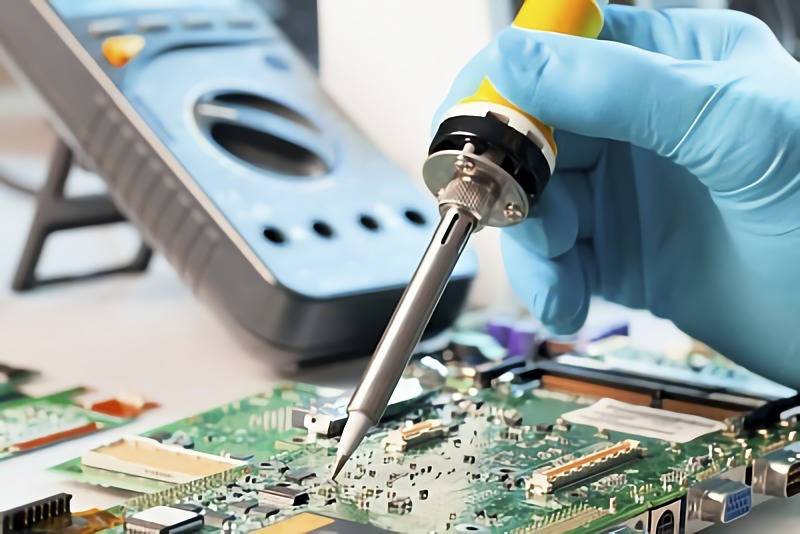About us
FASTPCBA Co.,Ltd
-
 Building 1, Senyang Electronic Technology Park, Guangming High-tech Park, Yutang Street, Guangming District, Shenzhen City.
Building 1, Senyang Electronic Technology Park, Guangming High-tech Park, Yutang Street, Guangming District, Shenzhen City.
-
 F:86-13418481618
F:86-13418481618
-
 [email protected]
[email protected]
 date:2019-07-03 16:04:00
date:2019-07-03 16:04:00
The good news for PCBA assembly manufacturers is that they don’t have to worry about the choice of solder alloys any more. Organizations such as NEMI, JEITA, IDEALS, NCMS, and other solder supplier have demonstrated that Snagcu (SAC) alloys are the ideal solder alloy for the recent implementation of lead-free manufacturing craft for the following reasons.

1.SAC does not contain Bi and does not form a low melting phase with lead. The formation of a low-melting alloy phase is a major problem in Bi-containing alloys. You cannot assume that component foot or board surface treatment will not cause lead contamination in the soldering process, especially in the early stages of lead-free conversion. As long as the lead contamination content is up to 3%, Sn/Bi/Pb eutectic in the form of SnBi10.5 or SnBi12 is formed, and its melting point is only 96 °C.
Low melting point not only affects the usage of components in high temperature environments (such as in automobiles), but also has an adverse effect on fatigue testing at all temperatures. Since component leads and printed circuit board (PWB) surfaces are likely to cause lead contamination in at least a few years in the future, Bi-containing solder alloys are not an ideal choice for lead-free soldering, but in a sense it is a pity. The Sn/Bi alloy melts at temperatures below 150 ° C, which is a very low soldering temperature. Sn/Bi and Sn/Bi/Ag may be good choices when lead content becomes very low during pcb manufacturing assembly process.
2.The melting point of SAC is relatively low. When the silver in the SAC alloy is less than 5.35% and the copper is lower than 2.3%, the liquid-solid phase temperature difference will be lower than 3 °C, and the most desirable SAC alloy melting point is 217 °C.
3. SAC contains only three ingredients. When the amount of the components in the alloy is increased, the problem of easy generation of impurities is also difficult to manufacture, and the temperature difference of the melting point or the liquid-solid phase during mass production becomes difficult to control.
4. In general, SAC is not a patent-protected alloy. Of course, there are exceptions for certain regions or organizations. Before choosing SAC alloy, you must confirm the region or product sales destination you want to use.
5. Previous tests have demonstrated that SAC reliability is equal to or better than SnPb alloy.
NEMI chose SnAg3, 90u0.6 as its best alloy choice. However, NEMI has done some other valuable work. It proves that the solder performance is not affected when the silver content changes between 3.0% and 4.0% and the copper content varies between 0.5% and 0.7% through statistical significance tests.
 Building 1, Senyang Electronic Technology Park, Guangming High-tech Park, Yutang Street, Guangming District, Shenzhen City.
Building 1, Senyang Electronic Technology Park, Guangming High-tech Park, Yutang Street, Guangming District, Shenzhen City.
 F:86-13418481618
F:86-13418481618
 [email protected]
[email protected]